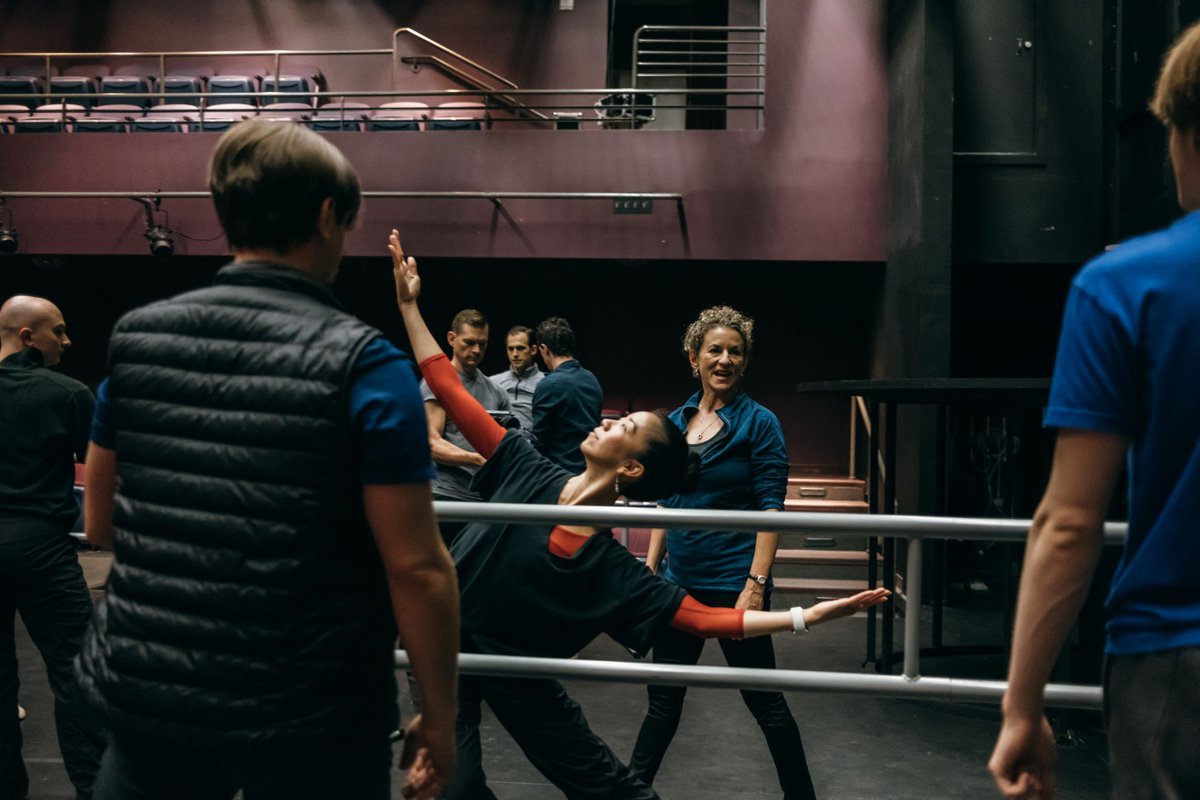In an art form that trades in silence, choreographer and TCU professor of Dance Dr. Suki John is telling the loudest story of her life.
This summer, John received the 2025 Chita Rivera Award for Outstanding Choreography in a Feature Film for “Sh’ma: A Story of Survival,” a haunting and luminous narrative dance film based on her mother’s experience during the Holocaust. In a category usually dominated by big-budget musicals and Disney spectacles, John’s deeply personal project stood out.
“I beat ‘Wicked,’ Amelia Perez, and a Disney movie,” she said during a phone interview. “There’s no Oscar for choreography. So to win best choreography in a feature film over major Oscar contenders? I’m blown away.”
She should be. Sh’ma, which means “listen” in Hebrew, is a work of stunning clarity and emotional power — a wordless chronicle of loss, resistance, and resilience rendered entirely through movement. It began as a ballet in 1990, initially commissioned by the People’s Theater of the former Yugoslavia. She restaged it in New York after the Bosnian War to critical acclaim. Later on, during the peak of the pandemic, John saw a new path forward.
“I reimagined it as a film, abstracting time and place to help young viewers connect,” she says. “Directing it pushed me to use everything I had — from choreography and storytelling to production, psychology, and the art of collaboration.”
The result is a visceral, choreographic language that speaks directly to audiences — even (and especially) in the absence of dialogue. “’Sh’ma’ is my magnum opus,” John says. “It’s the ballet I was born to make.”
John’s mother, born in Budapest, survived the Holocaust as a child. So when “Sh’ma” had its first European screening in Budapest during her recent summer tour, the moment was layered with personal meaning.
“It was moving beyond words,” John says. “It was incredibly special.”
The screening also brought an unexpected surprise: “I met three cousins I didn’t know I had,” she says. “Their grandfather was actually the inspiration for one of the characters.”
John traveled through four countries showing “Sh’ma” in five cities total. Each stop had its own tenor. In Paris, conversation was intellectual. In Kraków — the final stop on her tour — she screened the film as part of the Jewish Culture Festival, where the response was warm and curious.
Despite the film’s critical success, John noticed a troubling pattern.
“The only disappointment across the entire tour was the lack of young people in the audience,” she says.
In France, she presented “Sh’ma” at a prestigious dance school shortly after winning the Chita. She assumed students would jump at the chance to see the work.
“Most of the young dancers didn’t come,” she says. “They were afraid the subject would upset them. Their teachers were livid — they had carved out time for this, and the students stayed away.”
For John, that moment crystallized why “The Sh’ma Project: Move Against Hate” — an educational initiative using the film in Texas classrooms — is so vital.
“There’s a lot of Holocaust ignorance in younger generations,” she says. “It’s not intentional. They just haven’t met survivors, because there are so few left. That’s why education is crucial. Because genocide, oppression, and ethnic violence are still happening.”
With the support of the Texas Holocaust, Genocide, and Antisemitism Advisory Commission, John and her team have crafted a condensed version of the film to bring Holocaust education into classrooms.
“The language is dance,” she says. “No archival footage. Just movement. It reveals moments of beauty in the face of horror.”
But that purity can be misunderstood. In a time of growing global conflict, the project has touched unexpected nerves. The film is dedicated to “the children of Israel and Gaza,” and John says she’s worried people might interpret that as a political statement.
“It’s not about sides — it’s about civilians,” she says. “There’s no excuse for killing or starving children, ever.”
She adds, “We need to see the signs — when people who are different from us start being seen as less than human. That’s where it begins.”
Back in Fort Worth, John is preparing to return to teaching this fall and already laying the groundwork for her next dance film. Inspired by a Gabriel García Márquez novel and composed by a longtime collaborator in New York, the piece would be shot in Fort Worth — her artistic home for more than two decades.
“I’m planting the seeds,” she says. “But distribution for ‘Sh’ma’ is still a full-time job.”
She may even return to Serbia this fall, where “Sh’ma” was first staged in 1990, to screen the film at an academic conference. Until then, she’s chasing the same goal she’s had since she began reimagining the project during the pandemic.
“I want young people to see it,” she says simply. “I want them to listen.”
